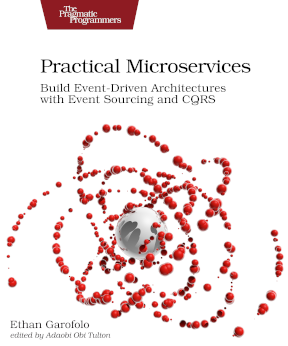Out driving this evening to get some soccer gear for a kiddo, and I was approaching a light. You know how it is when a light has so much traffic at it that the cars back up quite a ways all the way back to another intersection?
If you’re choosing to not act as a tool in those situations, of course, you pause on the opposite side of the second intersection so that other people trying to move through it still can. Cars behind that aren’t paying attention see all the empty space between you and the car in front of you and think, “this is wasted space! We could be closer to the light!”
It’s red, so it’s not like you’d get anywhere sooner, but I’m sure that’s what the honking horns mean.
Anyway, suppose we filled up all that space. What happens then when an emergency vehicle needs to get through this second intersection? What about the people just trying to go about their day whose path you’re blocking just because your light is red?
Doesn’t matter, because we’ve put the road at full capacity. And when there’s full capacity, there’s no responsiveness.
The same is true of your schedule and your teams’ schedule. Make sure there’s some slack for the unexpected.
